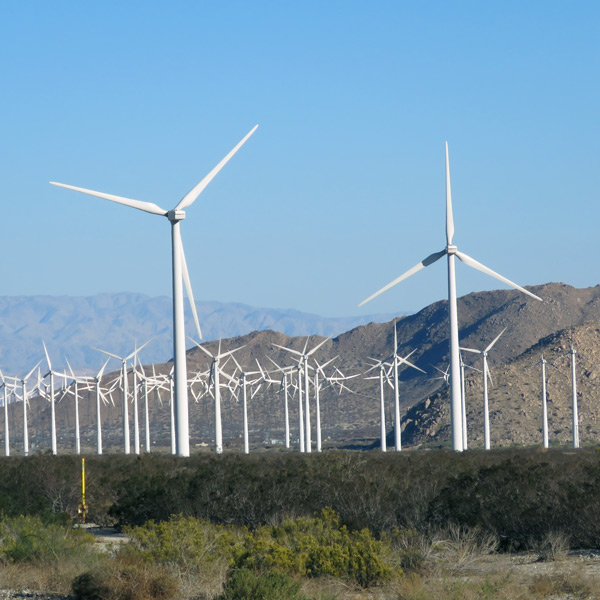By Amanda Durish Cook
FERC last week approved MISO’s plan to improve its procurement of reserves in MISO South effective Aug. 26.
The RTO proposed in late April to apply its existing reserve procurement enhancements — first rolled out in 2011 in MISO Midwest — to the sub-regional constraint between Midwest and South.
FERC’s Aug. 23 order said the process will “help improve the price signal for reserves” in MISO South by “implementing a price signal that reflects the causes of the need for redispatch” from operating reserve constraints (ER18-1464-003).
The RTO will model the effects of transmission constraints on the deliverability of reserves and add the marginal cost of delivering them to the zonal reserve market clearing price. The change would also subject to the Independent Market Monitor’s mitigation authority sub-regional capacity commitments in MISO South and binding flows in the Midwest-to-South direction on the sub-regional limit.
The commission agreed that MISO should have the authority to mitigate market power on its sub-regional limit.
“Currently, when [the contract path] binds, MISO cannot mitigate any market power because these limits are not treated as constraints under the Tariff. By treating north-to-southbound … flows as a constraint, MISO will have the ability to mitigate market power if observed,” FERC said.
The Monitor estimated that $684,362 in revenue sufficiency guarantee payments would have been subject to mitigation in 2016 had MISO applied the reserve procurement rules.
In June, the commission issued a deficiency letter, asking the RTO how it would implement the process and still abide by the contractual transfer limits on flows crossing SPP transmission. (See FERC Seeks Info on MISO South Capacity Plan, SPP Tx Limit.) MISO said it meant the term “appropriate limits” to mean the limits set in the MISO-SPP transmission use contract: 3,000 MW north-to-south and 2,500 MW south-to-north.
In response to an Entergy protest, MISO assured FERC that it was not attempting to create new broad or narrow constrained transmission areas, pointing out that the creation of such areas requires separate commission approval. Constrained transmission areas are those identified by the Monitor where transmission or reserve constraints are expected to bind, with narrow constrained areas having a pivotal supplier and broad constrained areas containing more competition.
In another protest, regulators from MISO South states said the commission should compel the RTO to explicitly state the 2,500-MW and 3,000-MW limits in its written Tariff proposal. But MISO said that the limits represented capability available only on a non-firm, as-available basis under its contract. “Reiterating … the flow limits in the Tariff would not accurately reflect the terms and conditions of service,” MISO said.




